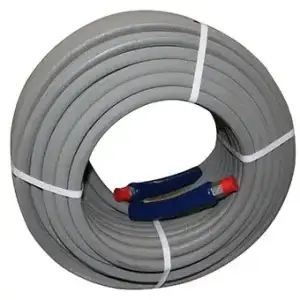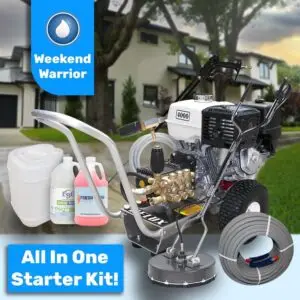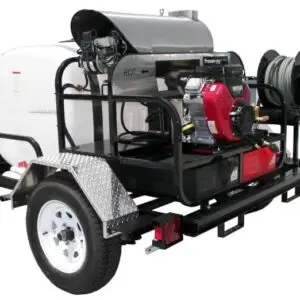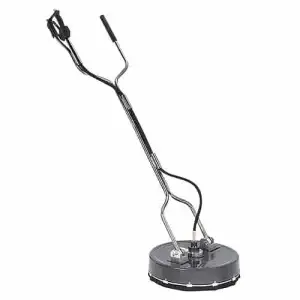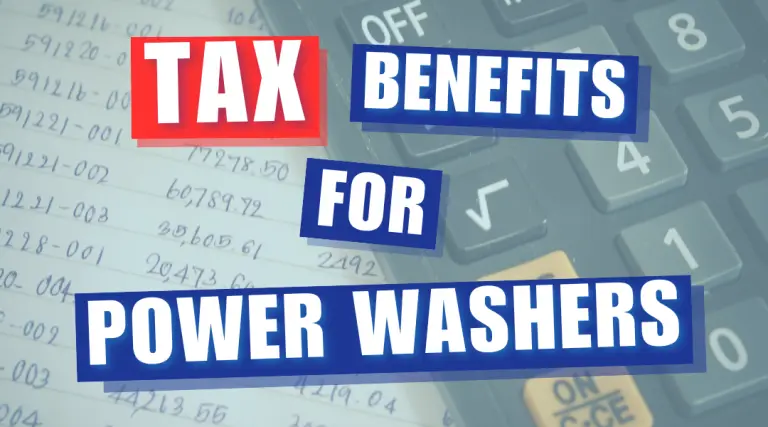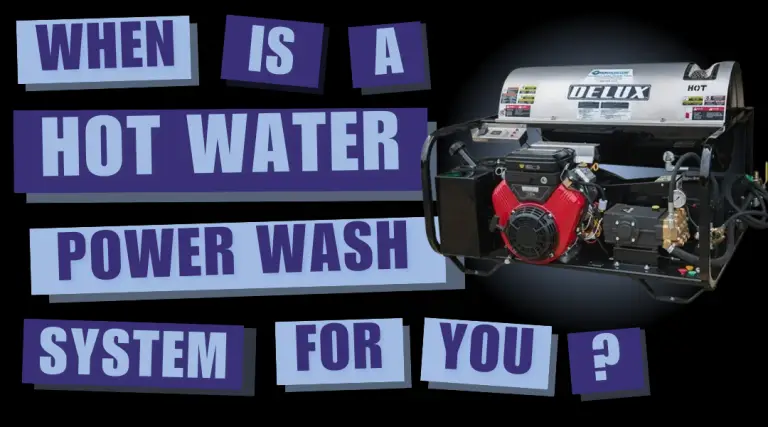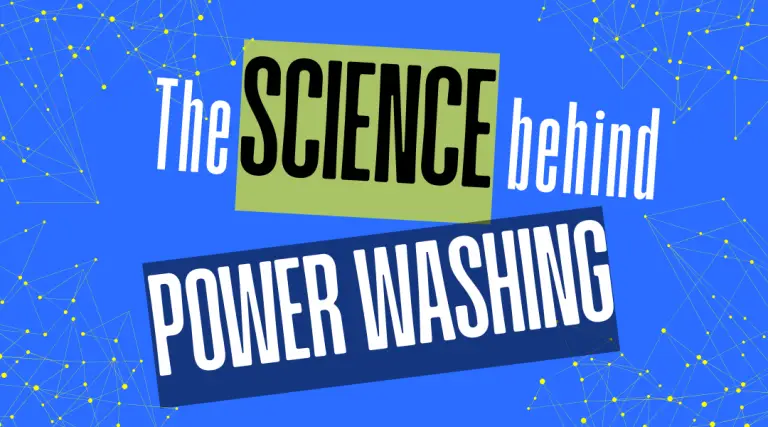- Home
- /
- PowerWash Industry
- /
- Beginning to End Dumper Pad Cleaning: Part 2
Subscribe To Our Newsletter
Stay in the know on the latest products, deals, events, tips & tricks.
Social Media
Popular Products
-
-
All Pressure Washers
Weekend Warrior- Residential Cleaning House Washing Business Starting Pack
$2,971.47 -
All Pressure Washers
Complete Professional Pressure Washing Trailer. The Tow Pro Trailer, Super Skid, Pro, VBelt, Gas, 20 Honda/General, 5.5@3500
$18,374.97 -
Beginning to End Dumper Pad Cleaning: Part 2
Next, we poured the cleaning solution into a Chapin pump up sprayer, then pretreated the grease. We let it set for a few minutes, then scrubbed it with a push broom because it was so thick. Warning: The grease and the mixture are very slippery. Be sure to wear slip resistant boots when walking on it.
Before washing, we had to take care of the runoff. Usually we would use a surface cleaner with a vacuum to suck up the sludge, but in this situation, we were able to direct the runoff to a Vacu-Boom hose. The water ran off down the side of the property to a channel that went to the grass.
Now it was time to clean. For these types of jobs, you need hot water to help melt that grease. This is not a cold-water machine type project.
Because of the extreme nature of this spill, we needed extra blasting power, so we washed using a Rotomax Rotating Nozzle to help break up the grease. The Rotomax Rotating Nozzle is designed to improve the cleaning efficiency of any pressure washer by producing a rotating action that considerably expands the contact area of the cleaning stream and provides the impact of a zero- degree nozzle at the same time. Roto nozzles should only be used for heavy deposits, such as to break up the buildup of grease and grime. You can easily destroy paint, wood, and other perishables if you use them on the wrong surface.
Because the grease was so bad, the first round of cleaning only began loosening up the grease. There was no way that one treatment could reach the surface, so we had to repeat the same steps. This time, when it was time to wash off the chemical, we cleaned a little patch towards the back first. This gave our crew member a place to stand while he rinsed. Then he could wash the concrete from the back towards the front, pushing the sludge and water forward so that it would run off and down to our water recovery system.
When we finally reached the concrete surface, we could see where there was still staining left on the concrete. This was grease that had dried on the surface and appeared to have been there for a long time. We physically scraped much of it up using shovels and were able to get rid of most of it.
Lastly, we conducted a final rinse of the dumpster pad area, as well as the concrete where the waste water had run down to our recovery system. This was important because we don’t want to have people driving or walking through any of the waste.
All of the water was diverted to a Vacu-Boom hose, which has holes in so that as soon as the water started hitting it, the system sucked up the dirty water. The hose then carried the water back to our truck where it went through a couple of separation tanks, and into a holding tank so that it could be legally disposed of in accordance to local jurisdiction.
This much greasy water should never run off a property anywhere. There were too many contaminants in it, including grease, hydrocarbons, and chemicals, among others. It needs to be properly treated before it is allowed to go back out as a natural resource. You can learn more on how to do this through Power Wash University (PowerWashU.com)
This particular surface had anywhere from 3 to 5 years of buildup, with the added spilled grease on top of it. The project required multiple applications. With regular maintenance, future projects on this same site should only take 15 to 30 minutes to complete.
It was an extreme job, but it was also extremely gratifying seeing the end result.
Share This Post
More To Explore
Tax Benefits For Power Washing Professionals
Navigating the complexities of tax planning can be a daunting task for power washing professionals, yet it’s a crucial aspect …
Top 5 Must-Have Attachments to Elevate Your Power Washing Efficiency and Precision
Attachments for power washing systems are essential tools that significantly enhance the effectiveness, speed, and precision of professional cleaning jobs. …
When Should You Get A Hot Water Power Wash Machine?
When a Hot Water Power Washing System is Your Best Choice When deciding between a hot water power washing machine …
The Science Behing Power Washing
The Science Behind Effective Power Washing The science behind power washing is a balance of pressure, water, and chemical solutions …



